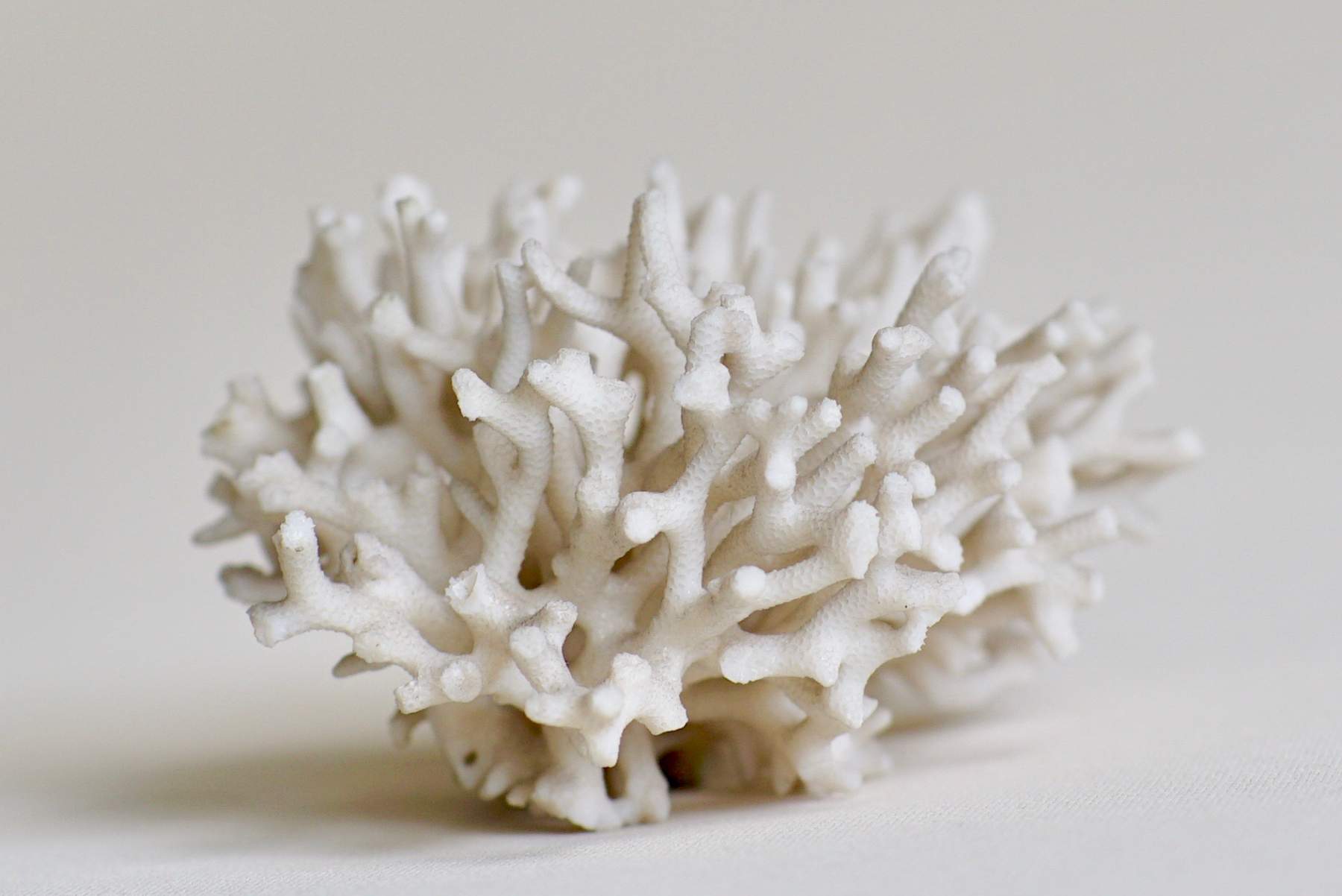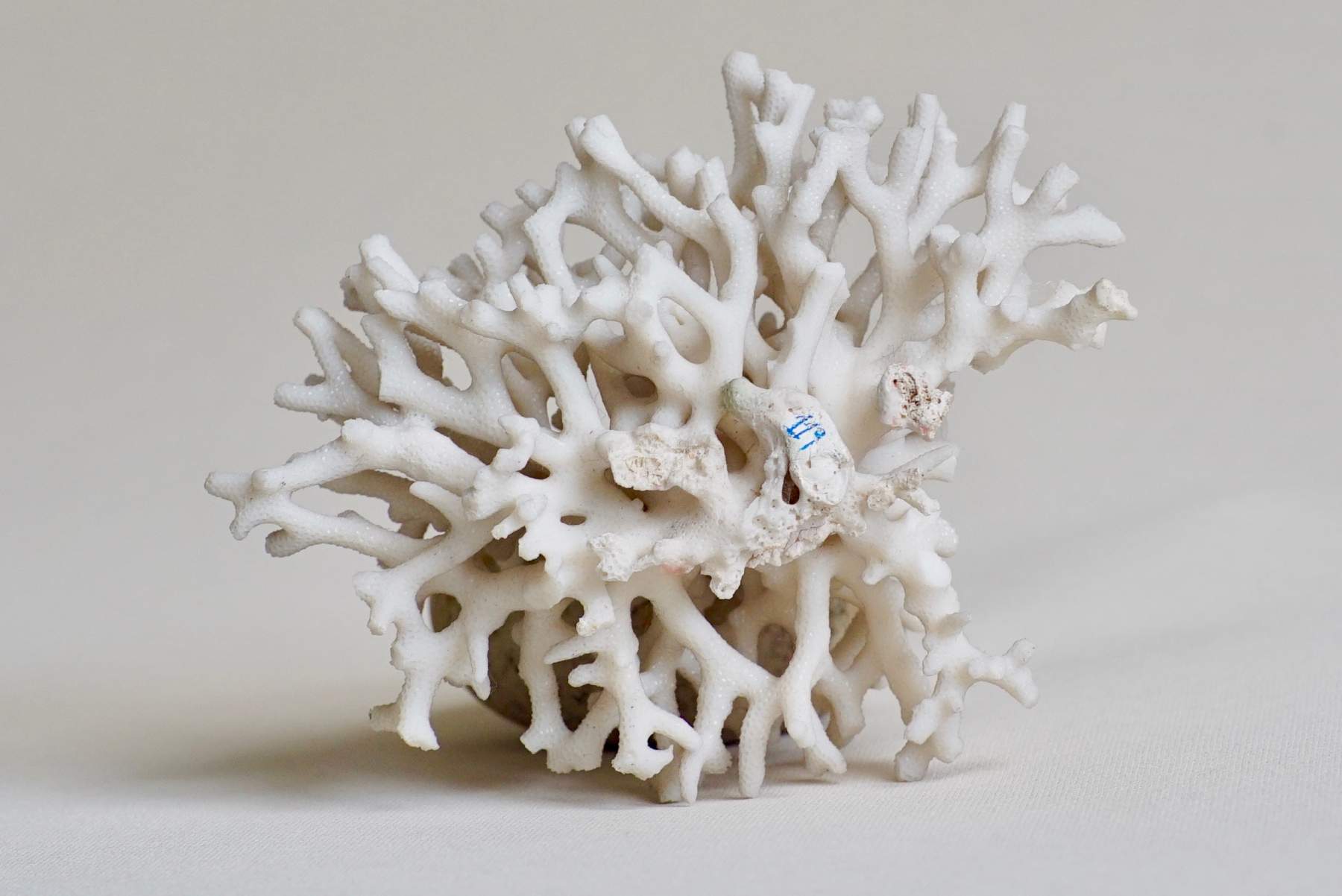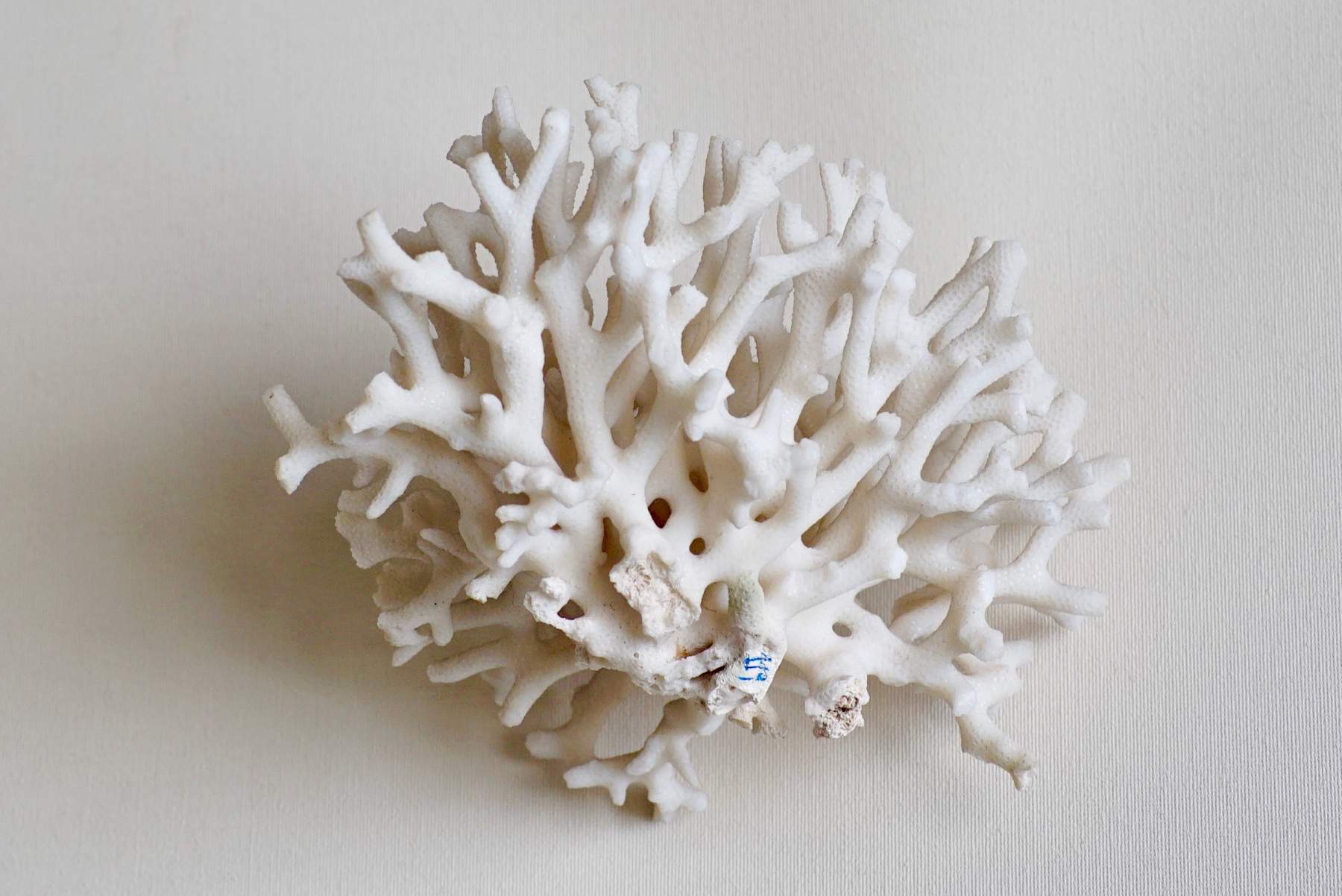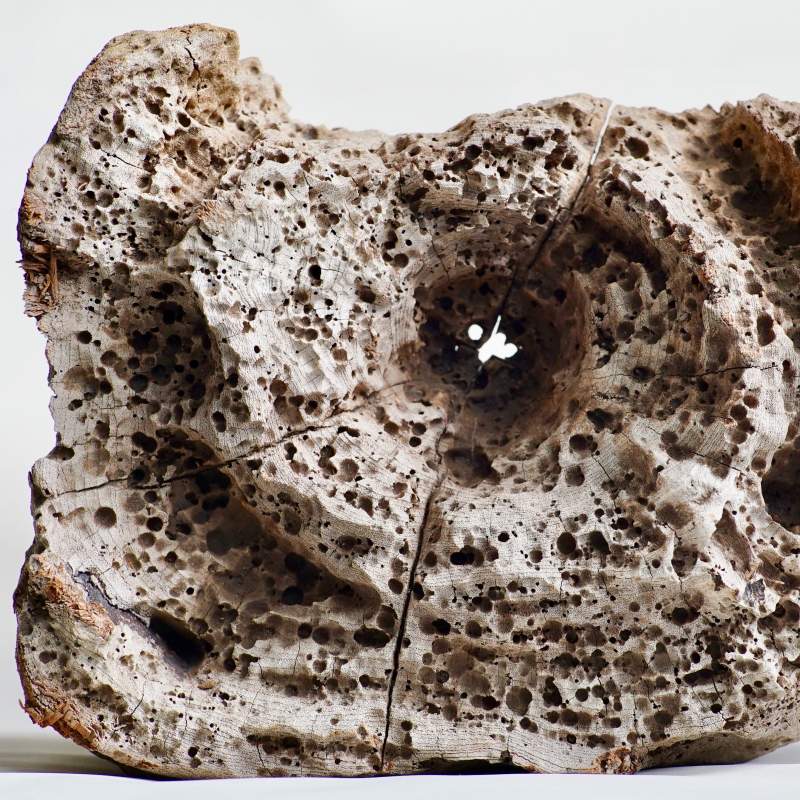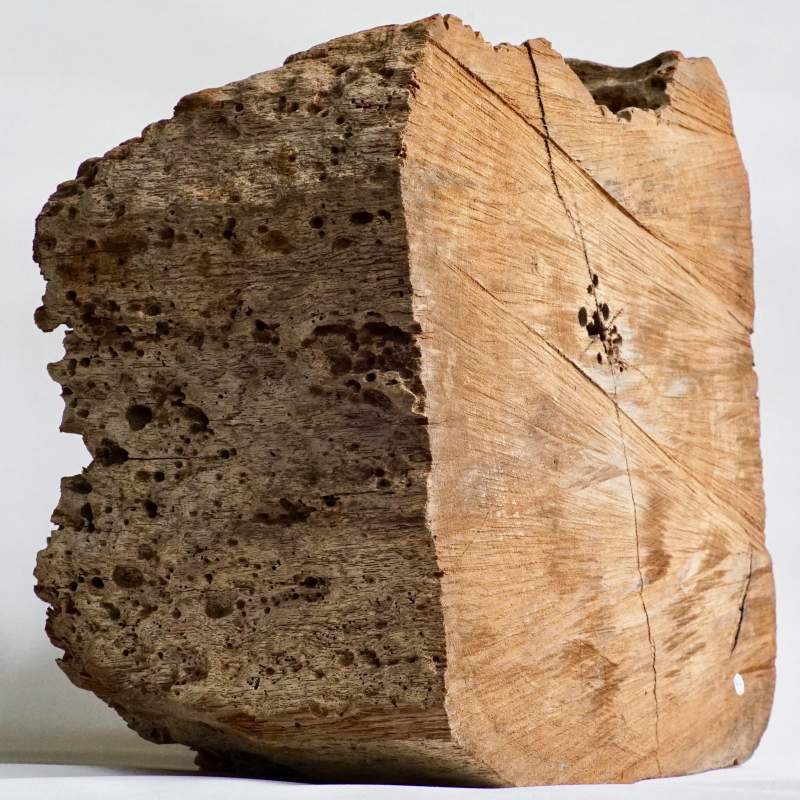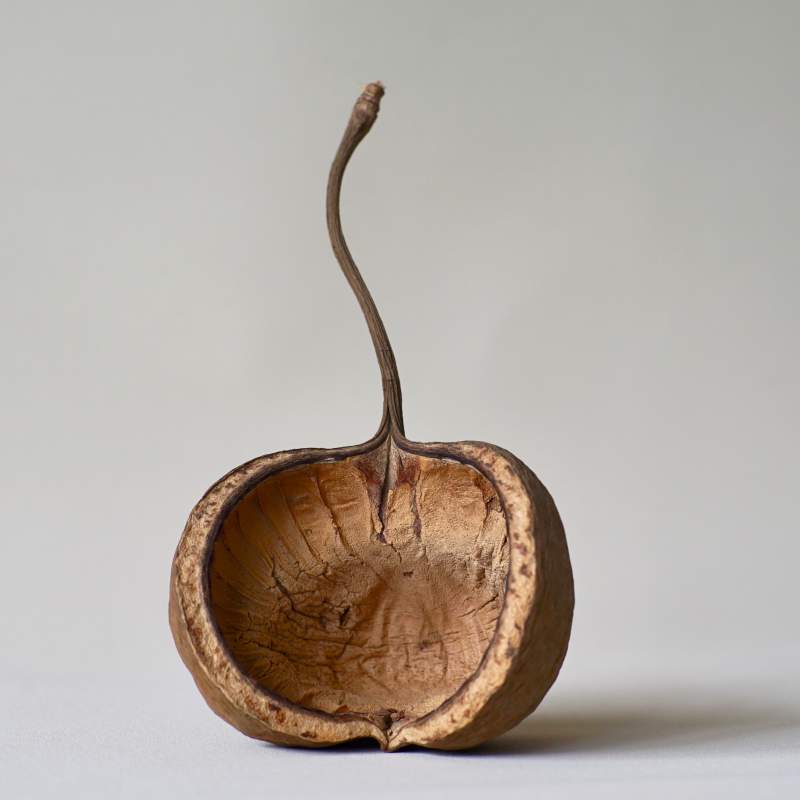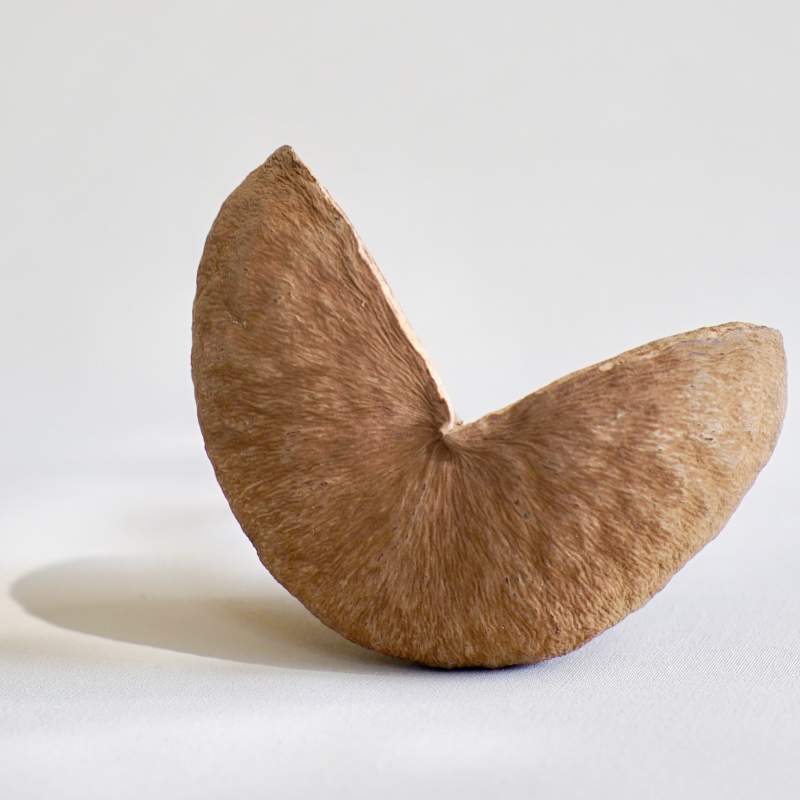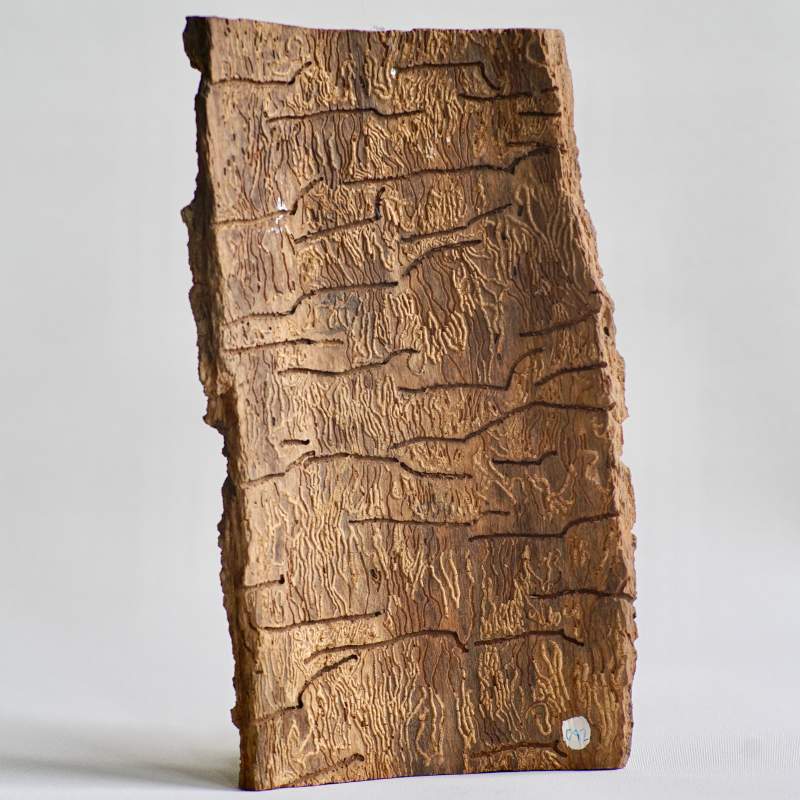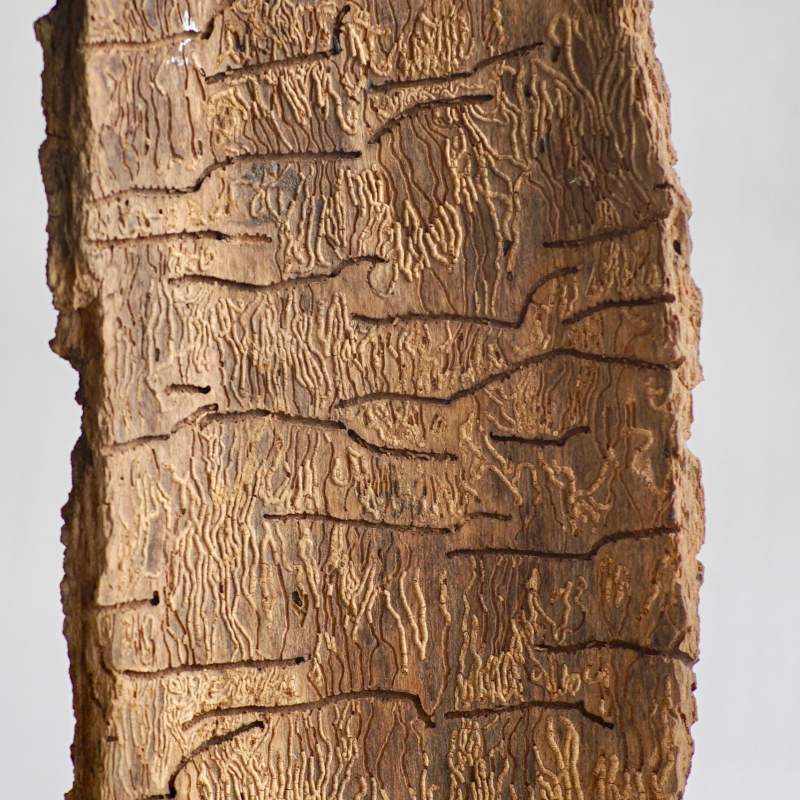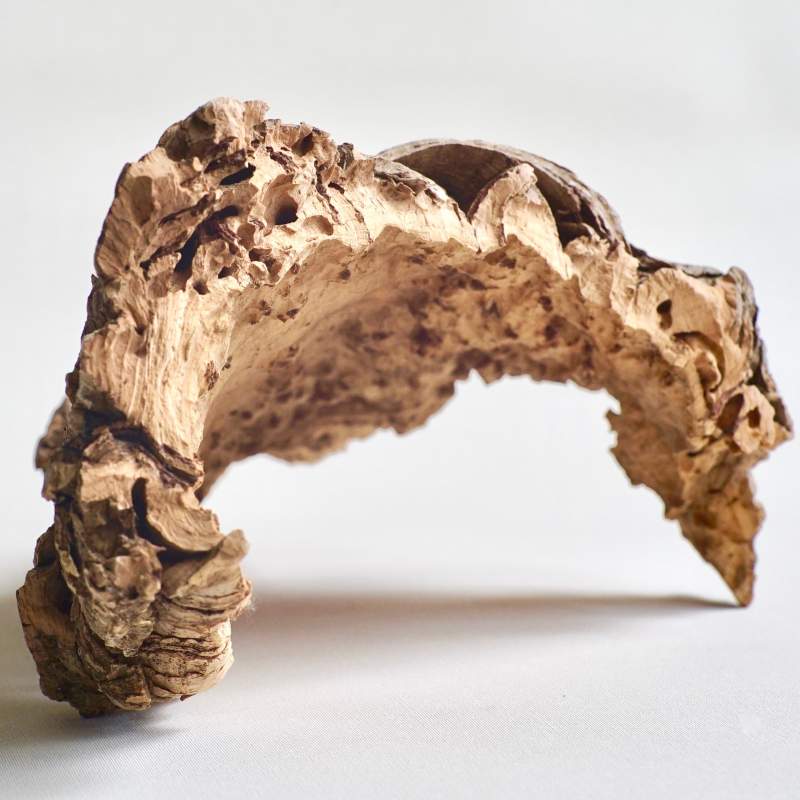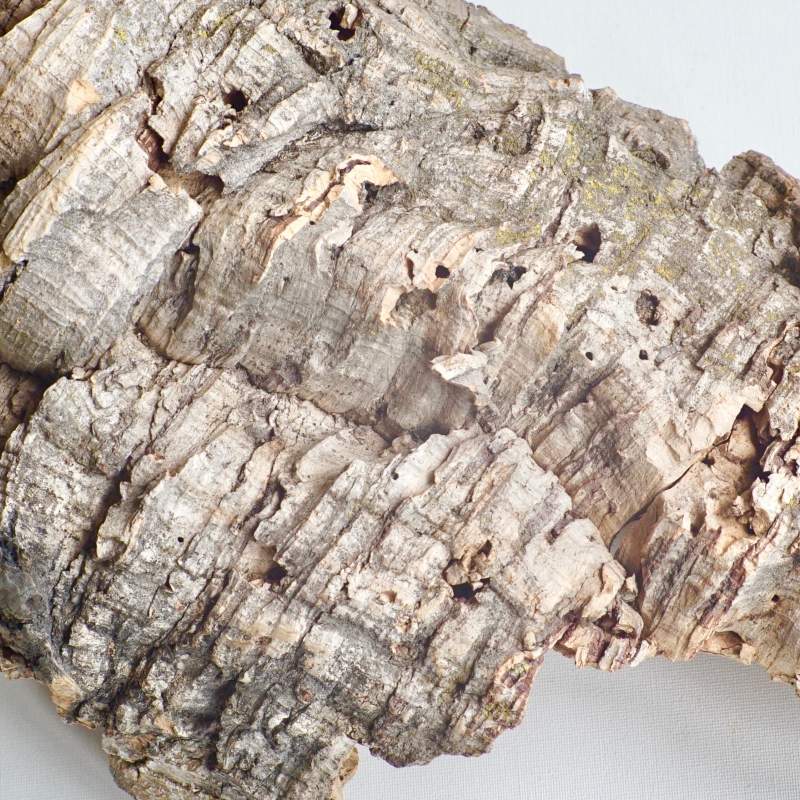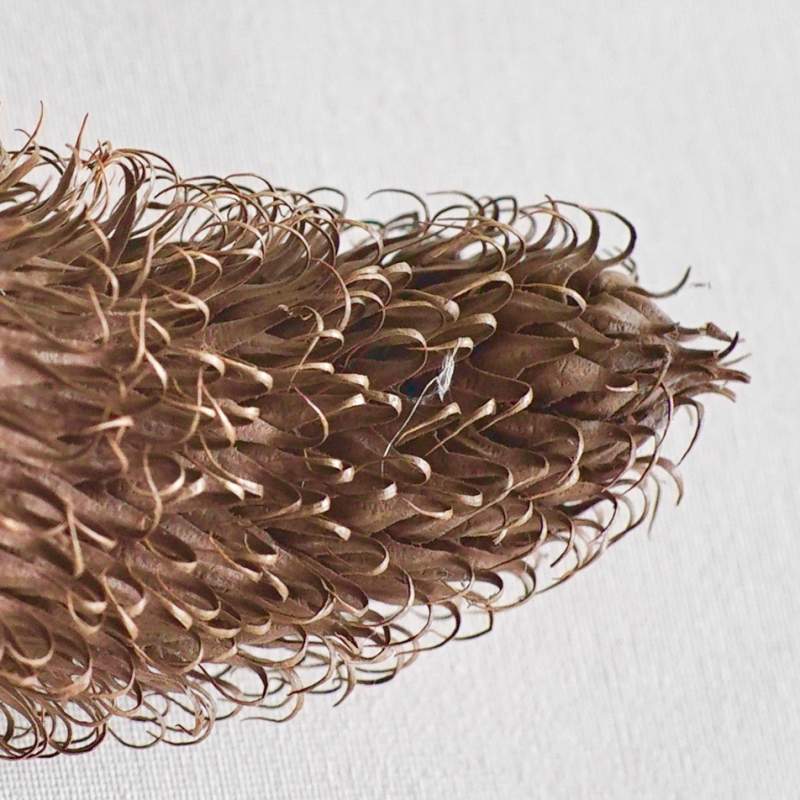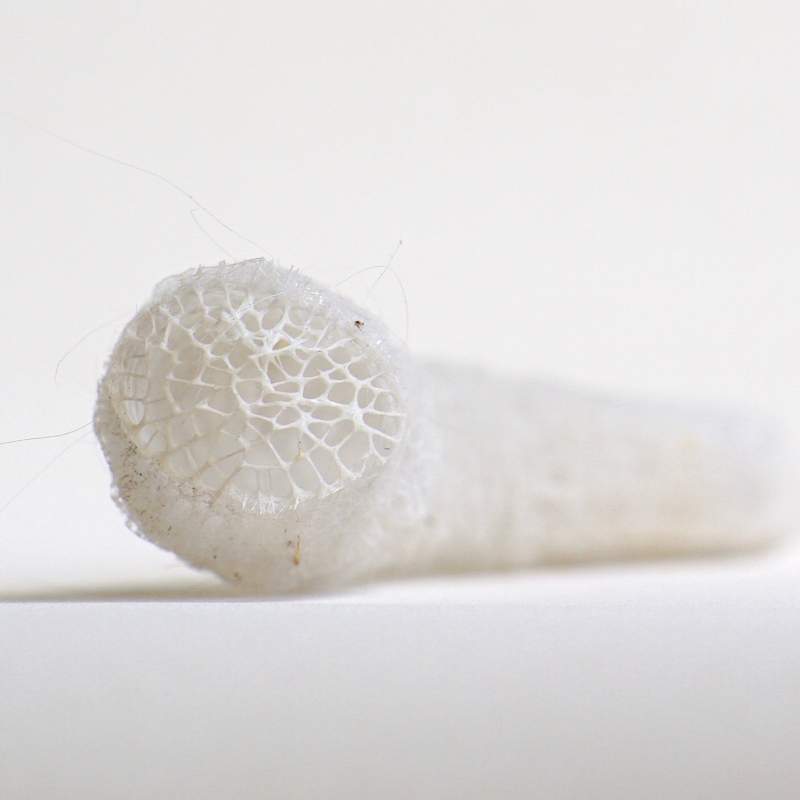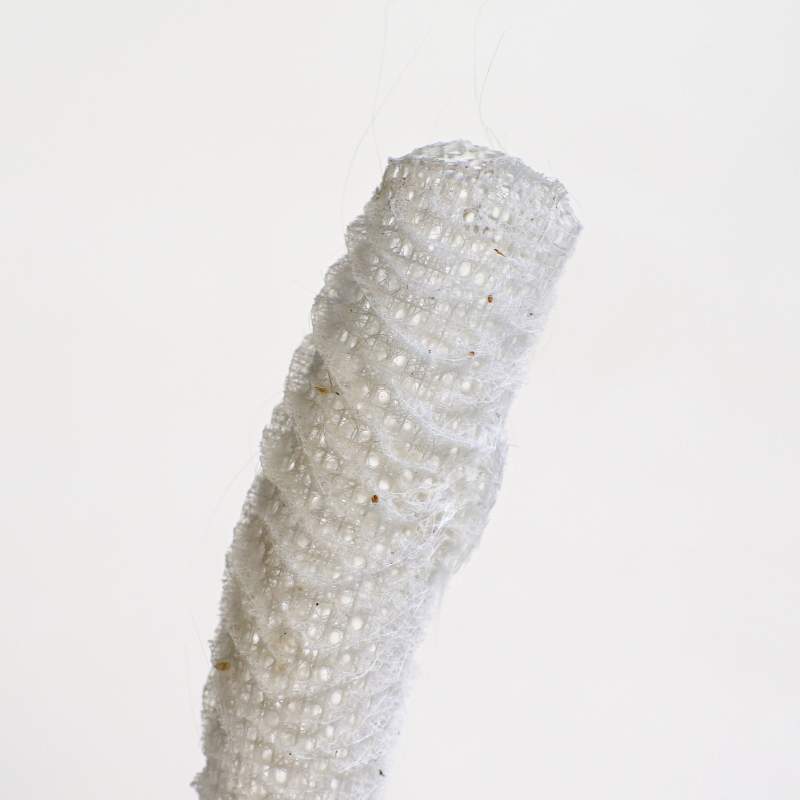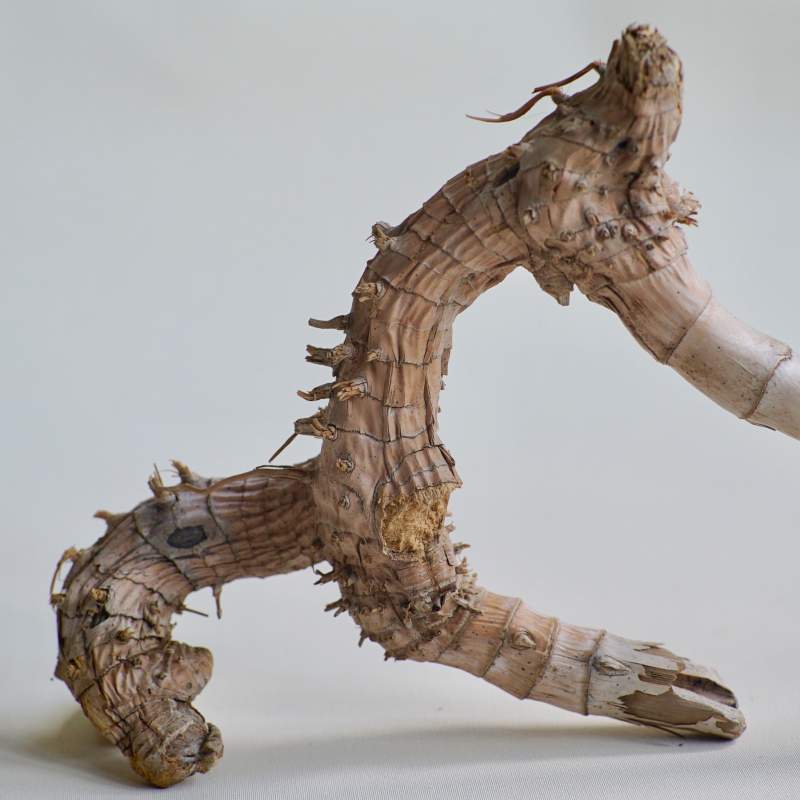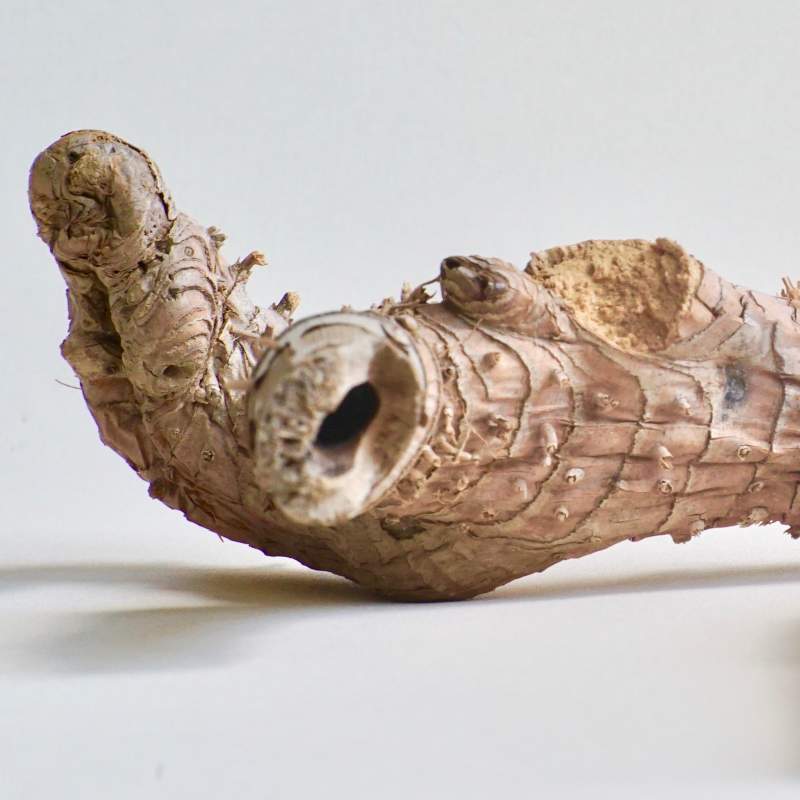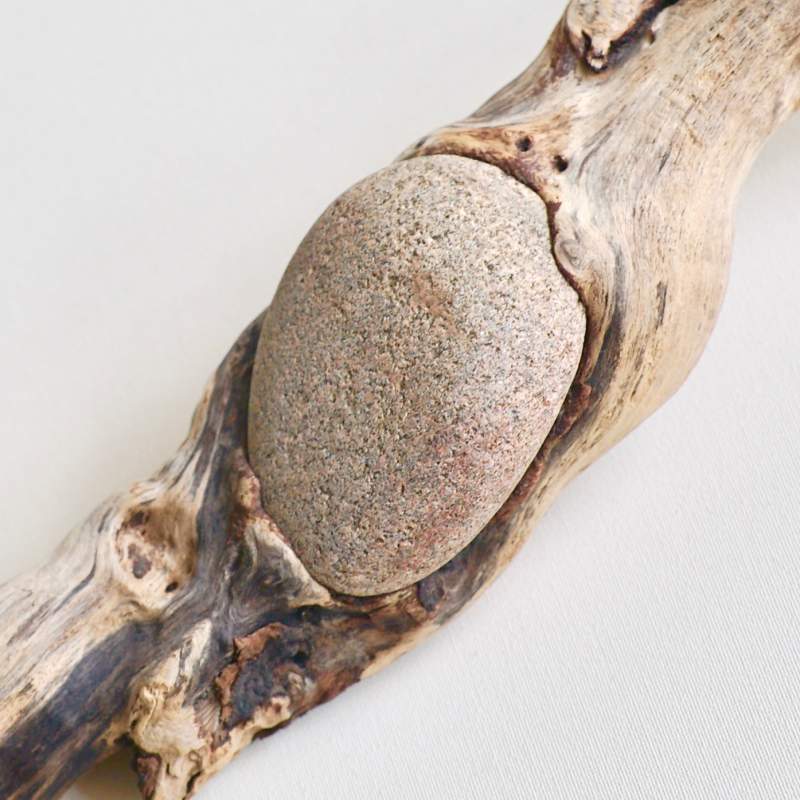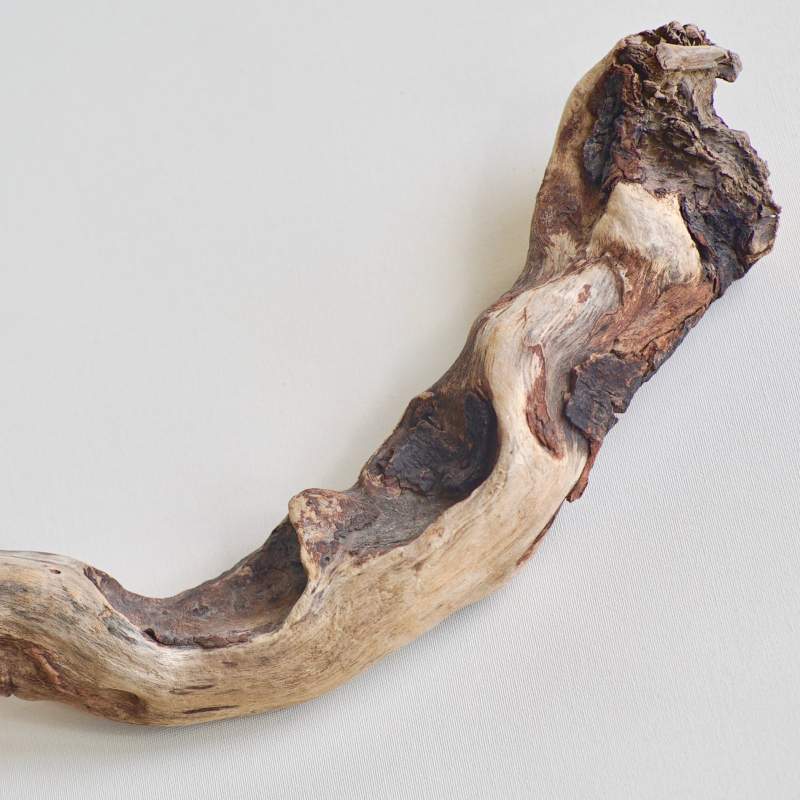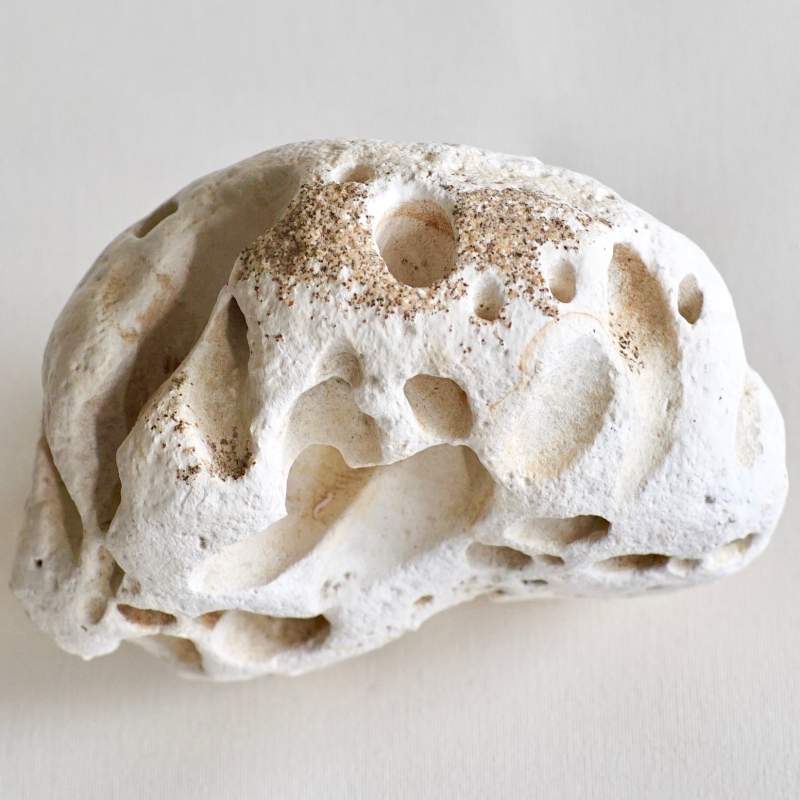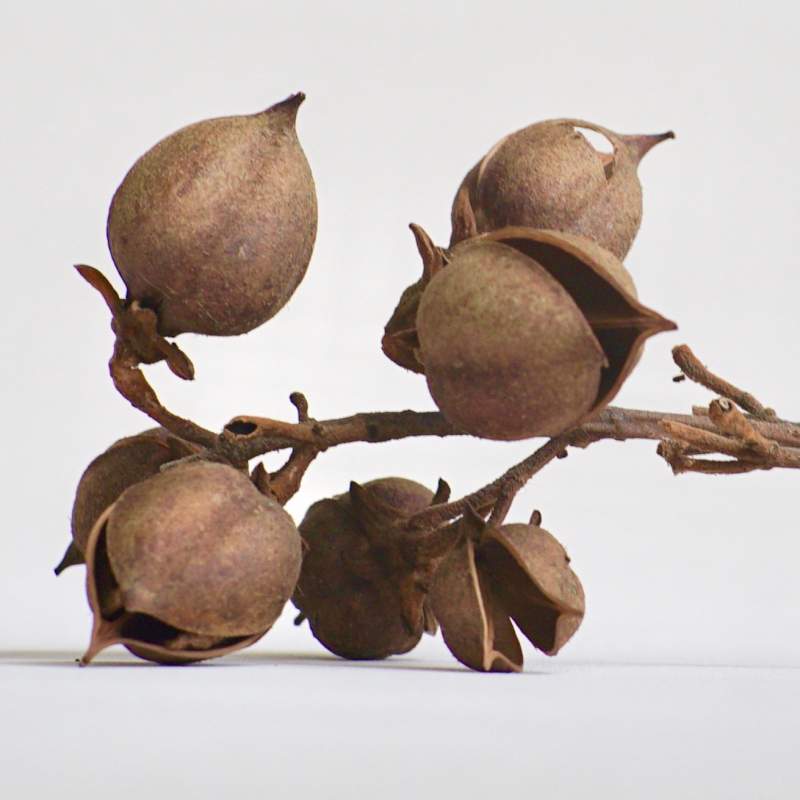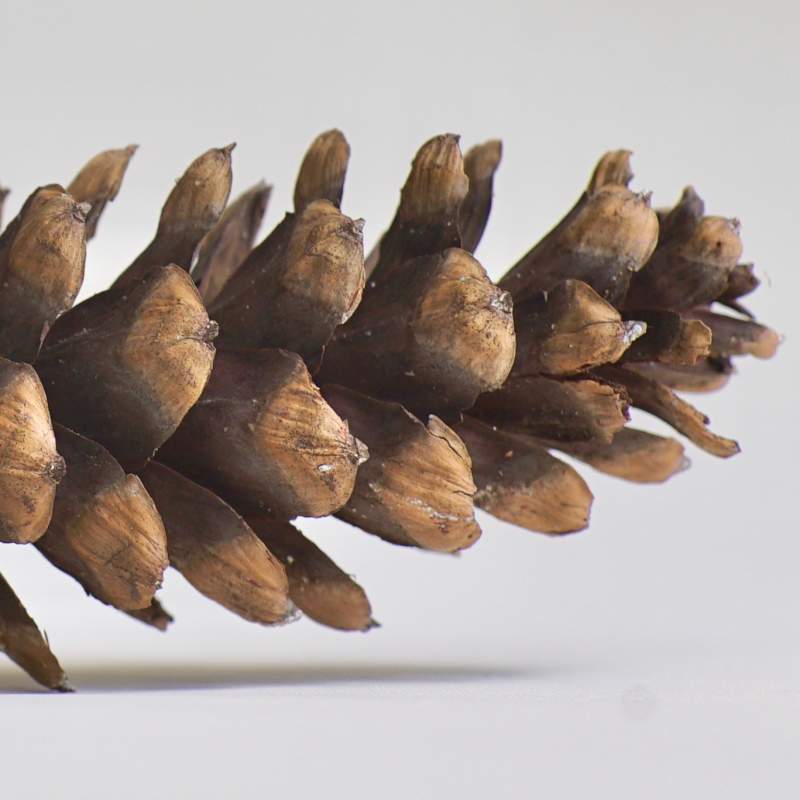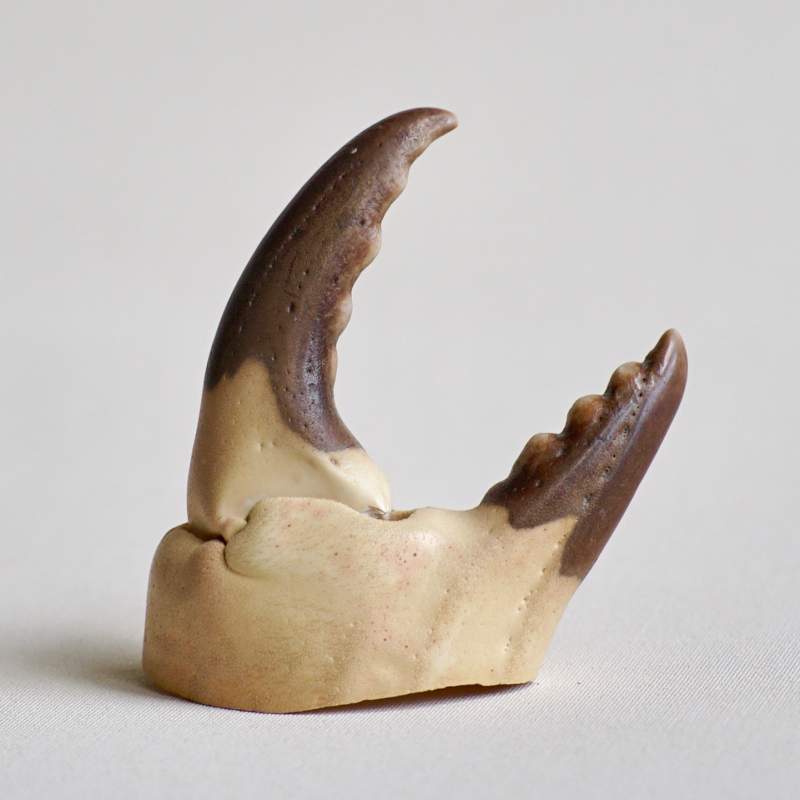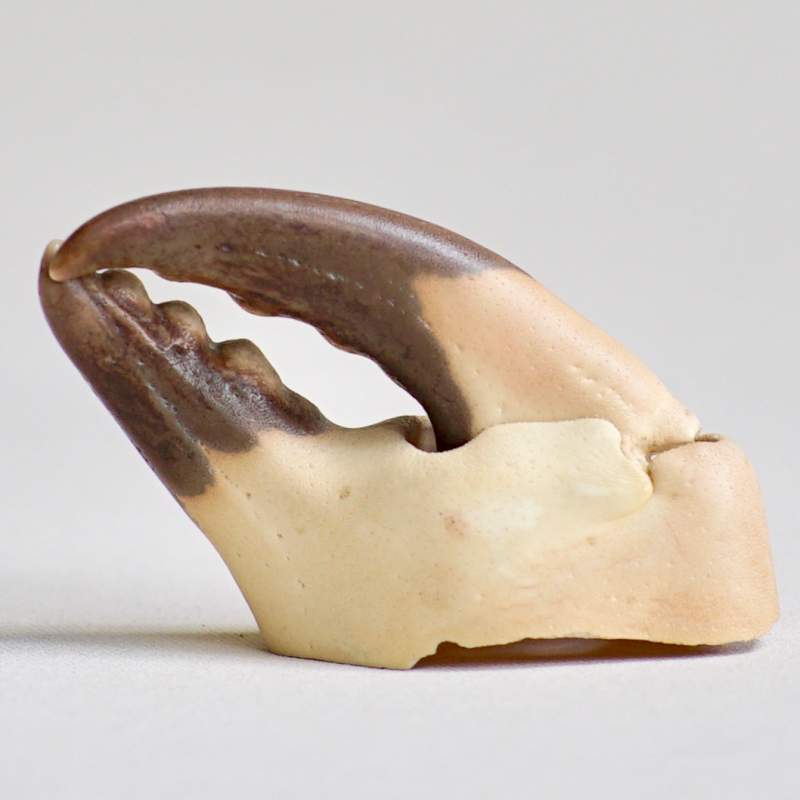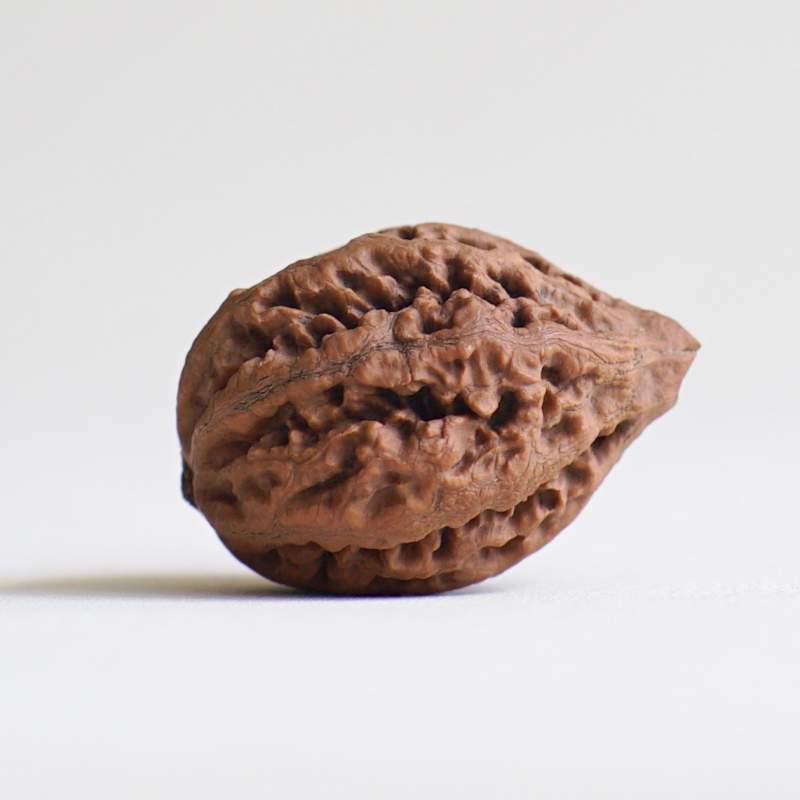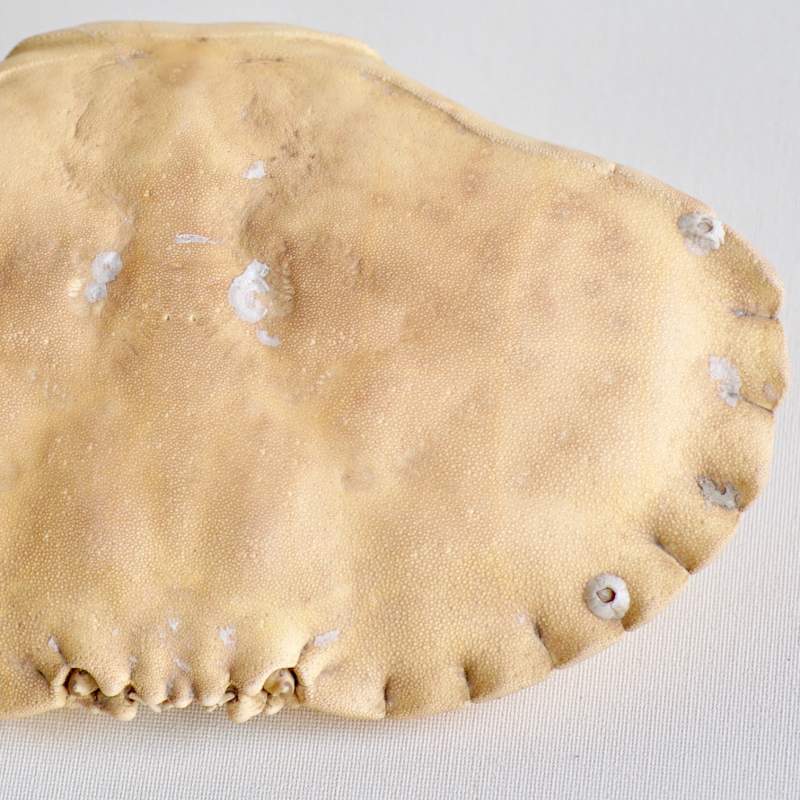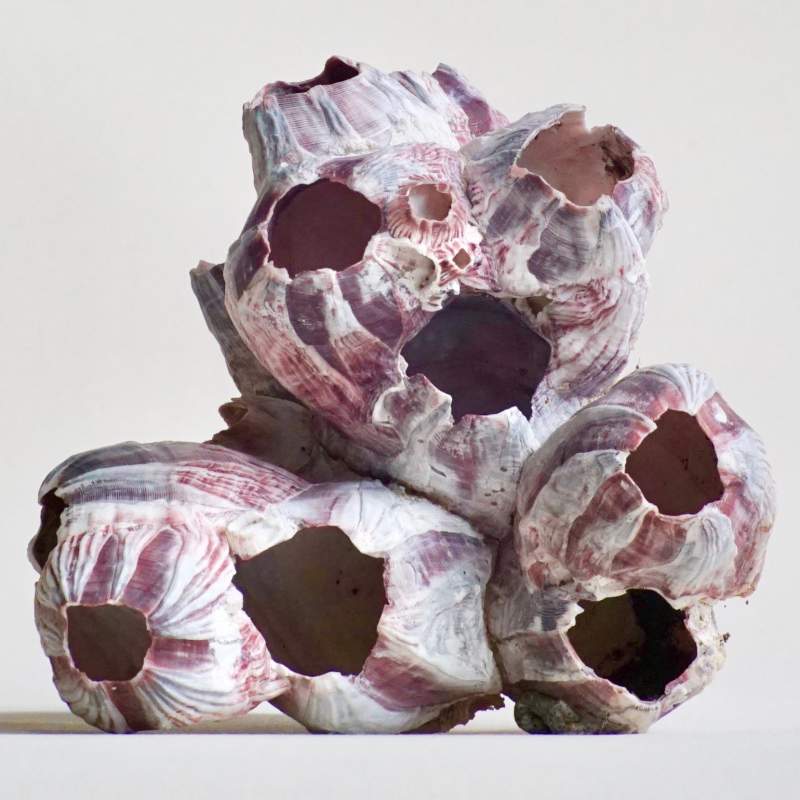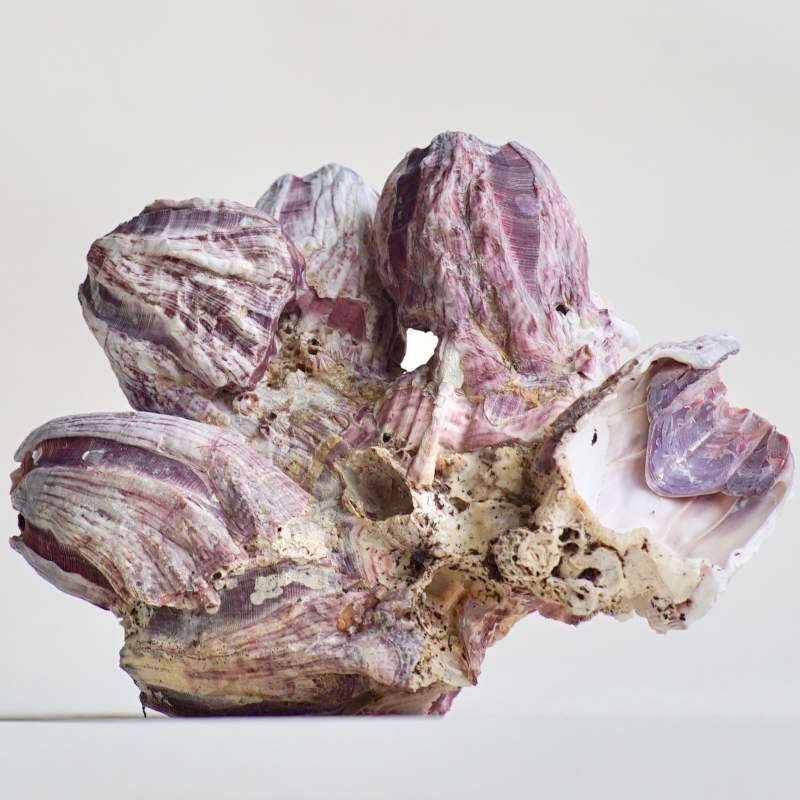Scleractinia
Scleractinia, also known as stony corals or hard corals, are a group of marine animals in the class Anthozoa (phylum Cnidaria) that are the primary reef builders of modern coral reefs.
Taxonomy Overview
Kingdom: Animalia
Phylum: Cnidaria
Class: Anthozoa
Order: Scleractinia
Key Features
Feature Description:
Skeleton Made of calcium carbonate (CaCO₃) in the form of aragonite
Polyp structure Radially symmetrical with tentacles; each lives in a cup-shaped corallite
Colony formation Many species are colonial, forming massive structures like coral reefs
Feeding Use tentacles with nematocysts to capture plankton; many also host zooxanthellae (symbiotic algae)
Reproduction Both sexual (broadcast spawning) and asexual (budding and fragmentation)
Ecological Importance
Coral Reefs: Scleractinians form the framework of coral reefs, supporting ~25% of all marine species.
Carbon Cycling: Through calcification, they play a role in the global carbon cycle.
Coastal Protection: Reefs reduce wave energy, helping to prevent coastal erosion.
Symbiosis with Zooxanthellae
Many reef-building scleractinians live in shallow, sunlit waters because of a mutualistic relationship with photosynthetic dinoflagellates (zooxanthellae).
Benefits: Corals get sugars from photosynthesis, Algae get shelter and nutrients.
This relationship is sensitive to temperature changes, which can cause coral bleaching.
Threats to Scleractinian Corals
Climate change: Ocean warming leads to bleaching and mortality
Ocean acidification: Reduces calcification rates (harder to form skeletons)
Pollution and runoff: Algal blooms, disease, and reduced light penetration
Overfishing & damage: Physical destruction and food web imbalances
Scientific Significance
Paleoecology: Scleractinian skeletons preserve well in fossil records, used to study past climate and ocean conditions.
Evolutionary role: Replaced the extinct Rugose and Tabulate corals after the Permian-Triassic extinction (~250 million years ago).
Major Reef-Building Coral Genera
Genus & Key Features
Acropora: Fast-growing, branching or tabular corals; highly diverse (~150+ species); major reef builders in Indo-Pacific.
Montipora: Encrusting, plating, or branching forms; second in diversity to Acropora; common in shallow reefs.
Porites: Massive, finger-like, or encrusting; slow-growing but long-lived; important in reef framework stability.
Pocillopora: Bushy or cauliflower-shaped colonies; common in disturbed or high-energy reef zones.
Favia: Dome-shaped or brain-like; robust, with strong skeletons; important in both Indo-Pacific and Atlantic reefs.
Favites: Similar to Favia; distinguished by fused corallites; important in Indo-Pacific reefs.
Goniastrea: Brain or honeycomb appearance; massive colonies; common in Indo-Pacific regions.
Platygyra: Maze-like, grooved surface; known as "brain coral"; contributes to structural complexity.
Galaxea: Encrusting or dome-shaped; distinctive stinging sweeper tentacles; found in Indo-Pacific.
Euphyllia: Large polyps with tentacles (e.g., torch, hammer, frogspawn); important in lagoon and back-reef zones.
Turbinaria: Cup or scroll-shaped; thick-walled skeletons; tolerant of turbid water.
Dipsastraea: (formerly Favia)Massive or submassive forms; important reef builders in Indo-Pacific reefs.
Orbicella: Dominant reef-builder in the Caribbean; includes O. annularis, O. faveolata; formerly part of Montastraea.
Astreopora: Dome-shaped colonies; less common, but contribute to reef-building in some Indo-Pacific habitats.
Seriatopora: Delicate, branching corals (e.g., bird’s nest coral); found in shallow, clear waters.
Regional Differences
Indo-Pacific: More diverse; dominated by Acropora, Montipora, Porites, Favia, Goniastrea
Caribbean: Lower diversity; major reef-builders include Orbicella, Porites, Siderastrea, and Agaricia
Coral Reef Conservation Strategies
1. Marine Protected Areas (MPAs)
Designated zones where activities are regulated or restricted
Proven to help coral recovery, increase fish populations, and preserve biodiversity
2. Coral Restoration
Coral nurseries: Fragments are grown in controlled settings, then replanted on damaged reefs
Microfragmentation: Small coral pieces heal and grow faster, speeding up restoration
Larval reseeding: Collecting and releasing coral larvae onto degraded reefs
3. Climate Resilience and Adaptation
Identifying and protecting climate-resilient reefs (e.g., heat-tolerant species)
Breeding or selecting thermally resistant coral strains
Reducing other stressors to help corals survive warming events
4. Reducing Land-Based Pollution
Improve wastewater treatment
Promote sustainable agriculture to reduce nutrient runoff
Restore mangroves and wetlands as natural filters
5. Sustainable Tourism and Education
Reef-safe sunscreen, mooring buoys instead of anchors, diver/snorkeler training
Community engagement and education on coral health and stewardship
6. Policy and Global Action
Support international agreements like:
Paris Agreement (climate change)
UN SDG 14: Life Below Water
CITES (trade of endangered coral species)
Enforce local fisheries and environmental laws
Examples of Successful Conservation Initiatives
Great Barrier Reef Marine Park (Australia): One of the world’s largest MPAs
Coral Restoration Foundation (Florida, USA): Pioneers in coral farming and out planting
Ridge to Reef programs (Caribbean & Pacific): Integrate land-use planning with reef protection

